May 12, 2016 — Where can you find the tastiest breakfast burrito in L.A.? Which beach offers the best tidepooling experience? Heal the Bay’s staff answers these age-old questions and more as they pick their favorite spots to enjoy the L.A. coastline.
BEST BEGINNER SURF SPOT
Dockweiler Beach jetty
L.A.’s already crowded surf spots are no place for a beginner. If you want to learn the Sport of Kings, it’s best to find a mellow beach with consistent surf that’s not intimidating. The jetty at Dockweiler provides an easy paddle out, natural protection from strong currents, plenty of whitewater (you won’t be catching a real wave for a while) and lifeguards on duty. Parking is easy and you won’t find too many surfers in the water, especially if you come after 10:30 a.m., when the winds start to pick up.
BEST BEGINNER PADDLEBOARD SPOT
 King Harbor
King Harbor
Paddleboarding looks like fun but it can be a bit intimidating for newcomers. The key is to find calm water and friendly people to get you started. Our staff likes Tarsan Stand Up located in Redondo Beach’s King Harbor. The staff is friendly and super helpful, with plenty of boards and paddles to rent. And here’s the best part — instant access to calm waters in the harbor, so there’s no need to schlep heavy boards around. Paddle at your own pace or take a lesson. It’s a cool spot to see both wildlife and all the marine activity in the harbor. When you’re done, you paddle right back to the shop and call it a beautiful day.
BEST FISHING SPOT
Venice Beach Pier
Like California itself, Venice Pier is a melting pot of races, cultures and languages. On any given morning you will hear English, Spanish, Mandarin, Russian, Vietnamese and Tagalog. Fish or no fish, rain or shine, you will find friendly fishermen willing to give a hand to beginners. The pier has all the basic amenities – freshwater washing stations and plenty of benches. But the main draw is the completely wide-open structure-less space at the end of the pier, which allows for an invigorating sea breeze and a spectacular 360° view of the sea and shoreline.
BEST NATURE TOUR
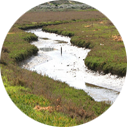 Ballona Wetlands
Ballona Wetlands
The Friends of Ballona Wetlands hosts a behind-the-scenes tour of the wetlands on the second Sunday of every month. Most of the Ballona Wetlands Ecological Reserve is closed to the public so this is a great opportunity to access the wetlands with the experts. They will guide you through salt marsh and dune habitats. You will get to see some of the 300 bird species that live in and visit the wetlands. If you’re lucky and there in the right season (summer), you may even see endangered El Segundo blue butterflies feeding on dune buckwheat flowers.
BEST PEOPLE WATCHING
Venice Skate Dance Plaza
It doesn’t get any more L.A. than Venice’s Skate Dance Plaza. From roller derby pinup babes to zombified “Thriller” dancers, a dazzling array of Angeleno subcultures skate together at this palm-shaded concrete oasis by the beach. On weekends, you’ll be treated to classic funk jams spun by the resident DJ. Should the spirit move you, there’s plenty of skate rental options nearby. Bring a blanket, get comfy, and enjoy the show!
BEST TIDEPOOLING
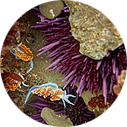 Abalone Cove Beach
Abalone Cove Beach
Located within a State Marine Conservation Area in Rancho Palos Verdes, Abalone Cove Beach is teeming with abundant marine life. By doing a little rocky tide pool exploring you can find curious octopuses, bright green anemones, spiky purple sea urchins and slimy sea hares. Remember to tread lightly on the rocks to avoid stepping on marine life, be gentle when touching critters, and leave animals in their tide pool homes. Check the tides before you go and time your visit for a low tide. On a clear day you can enjoy fantastic views of Catalina Island, and the Palos Verdes Peninsula is a hot spot for dolphin and whale sightings from shore.
BEST SPOT FOR A PASSIONATE TRYST
El Matador Beach
Looking to channel your inner Burt Lancaster and Deborah Kerr for a steamy make out session in the surging surf a la “From Here to Eternity”? Look no further than this secluded state beach a few miles north of Point Dume. With its high cliffs, pocket coves and secret seacaves, this idyll provides plenty of hideaways for lovers both young and old. Note: to get to the shoreline, you will have to park in the lot near PCH and walk a bit down a winding staircase. Go at sunset and who knows what might happen next.
BEST BREAKFAST BURRITO
 Phanny’s
Phanny’s
This topic is a subject of intense debate at our offices, but our straw poll crowned Phanny’s breakfast burrito in Redondo Beach as the winner. Steve, Angie and their staff put heart and soul into a blend of juicy salsa, eggs, cheese, hash browns all wrapped in a warm, soft tortilla blanket. At least once a week you are guaranteed to see Heal the Bay staff at Phanny’s for the post dive or post surf reward. Our chief aquarist Jose Bacallao recommends the avocado and egg breakfast burrito. (Honorable mention to Lucy’s in Malibu’s Point Dume shopping center.)
BEST BIRDING SPOT
Malibu Lagoon
Where can you find gulls, ducks, hummingbirds, herons, raptors, songbirds, shorebirds, crows, pigeons, pelicans and more? The Malibu Lagoon! Without a doubt, our staff birdwatchers pick this wetland as the best place to observe the widest variety of feathered birds by the sea. Visitors are greeted by a symphony of sounds and the opportunity to identify more than 145 species. It’s best to stake out a spot near sunrise or sunset. Don’t forget to bring a pair of binoculars, comfortable shoes, and a field guide.
BEST PLACE TO SEE A BLUE WHALE
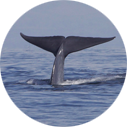 King Harbor
King Harbor
Blue whales are the largest animal to have ever lived on Earth. The average elephant weighs roughly 5-7 tons, whereas a blue whale checks in at more than 100 tons! In recent summers, we have been extremely fortunate to see these gentle giants in our local waters – another sign of the resurgent health of Santa Monica Bay. Most of the sightings have taken place in the waters off Redondo Beach. So if you’re looking for blues this summer, try one of the charter companies operating out of King Harbor. Voyager Excursions has reported seeing nearly a dozen sightings a day when a pod is in town.
BEST AFTER-BEACH BURGER
Hinano Cafe
After a day of dodging the crowds of Venice boardwalk, tuck into Hinano Café for a burger like no other. The griddle is well seasoned after years of sizzling up simple fare. Flip-flops and a damp swimsuit is the perfect attire as you shuffle over the sawdust-covered floor and saddle up to the old-school U-shaped bar. Free popcorn, super ice-cold beer, live music and pool tables help you celebrate as the sun drops over the Pacific. This divey bar at the end of Washington Boulevard was one of Jim Morrison’s haunts, so it’s a great place to soak up authentic ambiance in rapidly gentrifying Venice.
BEST BEACH FOR YOUNG PARENTS
 Ocean Park Beach
Ocean Park Beach
It may sound counterintuitive, but so-called Mothers Beaches are some of the least safe shorelines for young kids – at least when it comes to water quality. The lack of waves at these enclosed beaches is a draw for young families, but the absence of circulation can lead to truly alarming rates of bacterial pollution. Instead, try the beach at the end of Ocean Park Blvd. in Santa Monica. You’ll find clean water at this open water beach, a nearby playground, plenty of concessions, many young families (often making sandcastles during low tide) and numerous friendly lifeguards.



 Julie Potyraj is the community manager for
Julie Potyraj is the community manager for 
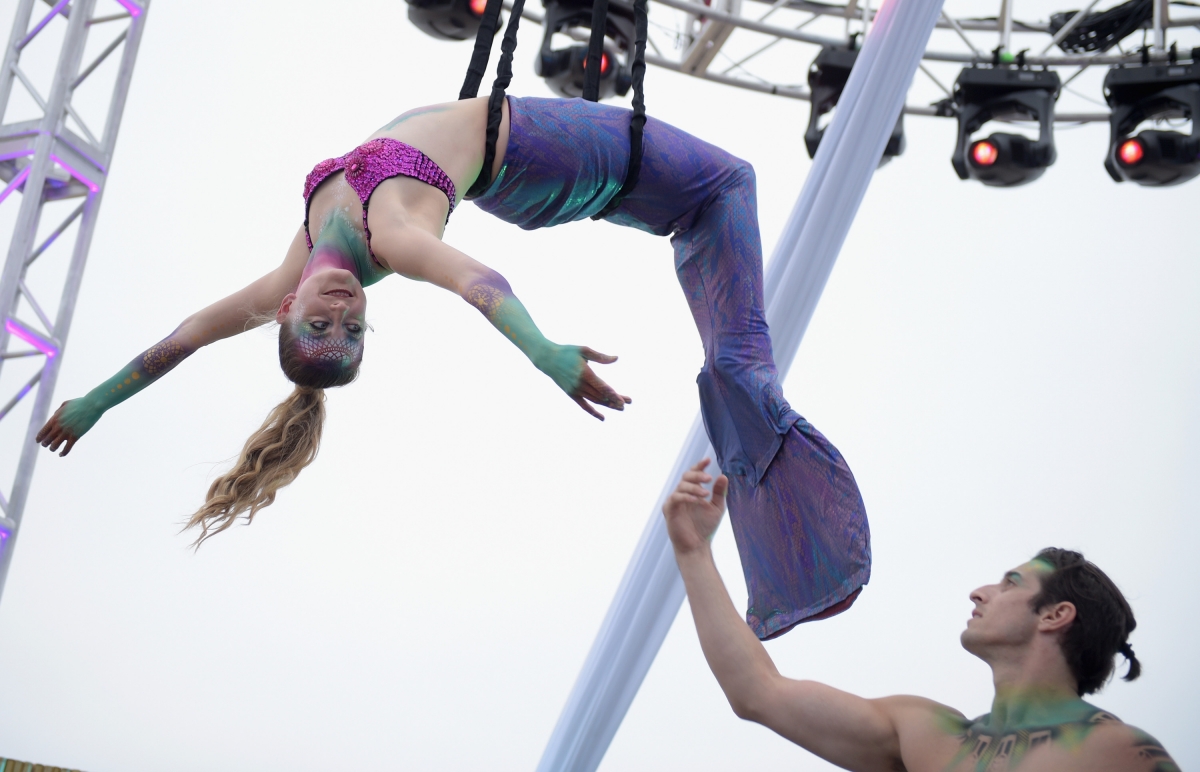

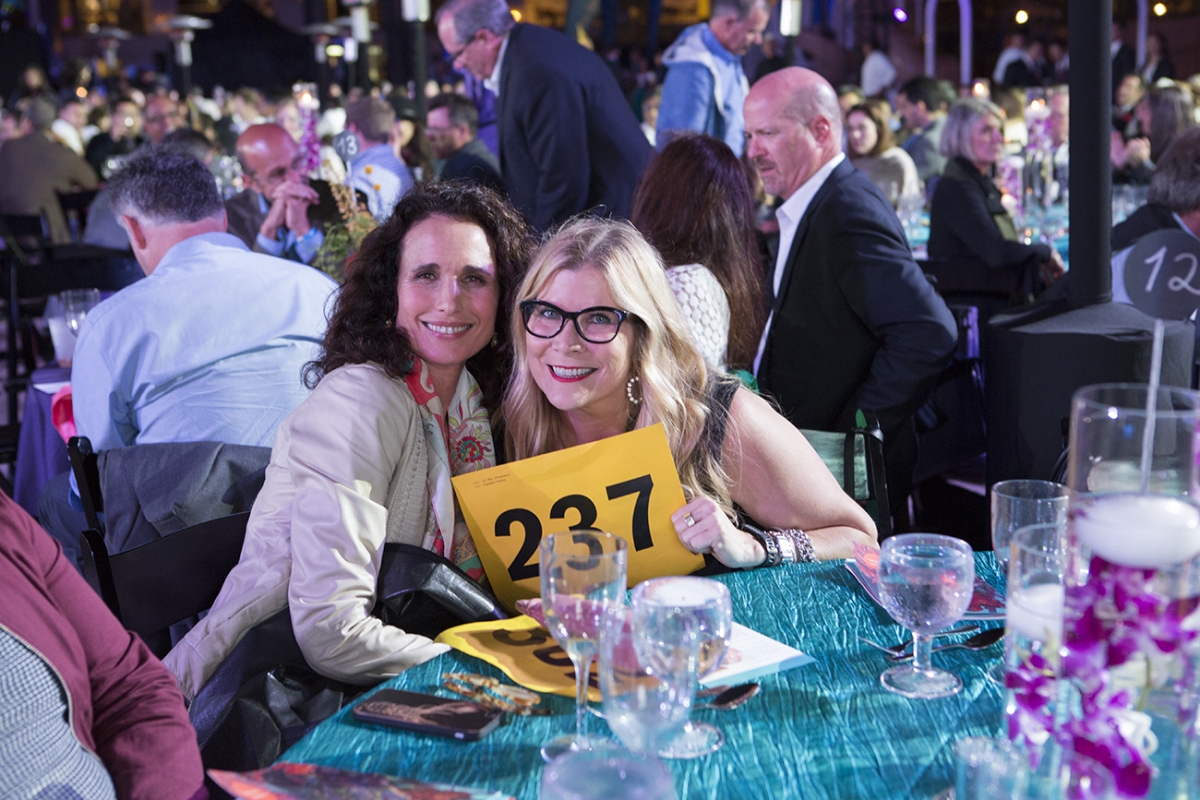
 The more upcoast tide pools near Paradise Cove are formed by tall rocks, making tide pooling possible even at mid-tide! In these northern pools you can see woolly sculpins, sand castle worm colonies, and turban snails. You might even get lucky and spot a beautiful chestnut cowrie, like the one pictured on the right. Remember to tread lightly on rocks to avoid stepping on marine life, be gentle when touching critters, and leave animals in their tide pool homes. Check the tides before you go and time your visit for a low tide. Please be careful and do not climb on the rocks – they are slippery and wet, so it is very easy to fall and hurt yourself.
The more upcoast tide pools near Paradise Cove are formed by tall rocks, making tide pooling possible even at mid-tide! In these northern pools you can see woolly sculpins, sand castle worm colonies, and turban snails. You might even get lucky and spot a beautiful chestnut cowrie, like the one pictured on the right. Remember to tread lightly on rocks to avoid stepping on marine life, be gentle when touching critters, and leave animals in their tide pool homes. Check the tides before you go and time your visit for a low tide. Please be careful and do not climb on the rocks – they are slippery and wet, so it is very easy to fall and hurt yourself.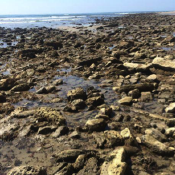 Heading south in Little Dume Cove, the pools are no longer formed by ridges of large rocks and are instead formed by many low rocks and small boulders. This area is very accessible and would be great for the whole family. Be sure to get there at the low tide, the rocks are easy to walk across and there is less chance of getting splashed by incoming waves. These pools have an abundance of life but please don’t take anything home! This is a State Marine Reserve so fishing/harvesting of all marine resources is prohibited. If you see anyone collecting from the tide pools during your trip to Little Dume Cove and the Point Dume State Marine Reserve, please call the California Department of Fish and Wildlife at 1-888-334-CALTIP.
Heading south in Little Dume Cove, the pools are no longer formed by ridges of large rocks and are instead formed by many low rocks and small boulders. This area is very accessible and would be great for the whole family. Be sure to get there at the low tide, the rocks are easy to walk across and there is less chance of getting splashed by incoming waves. These pools have an abundance of life but please don’t take anything home! This is a State Marine Reserve so fishing/harvesting of all marine resources is prohibited. If you see anyone collecting from the tide pools during your trip to Little Dume Cove and the Point Dume State Marine Reserve, please call the California Department of Fish and Wildlife at 1-888-334-CALTIP.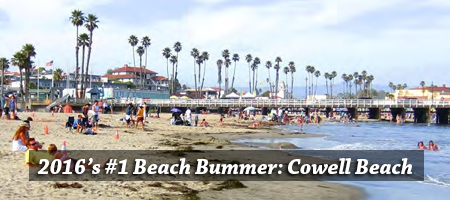


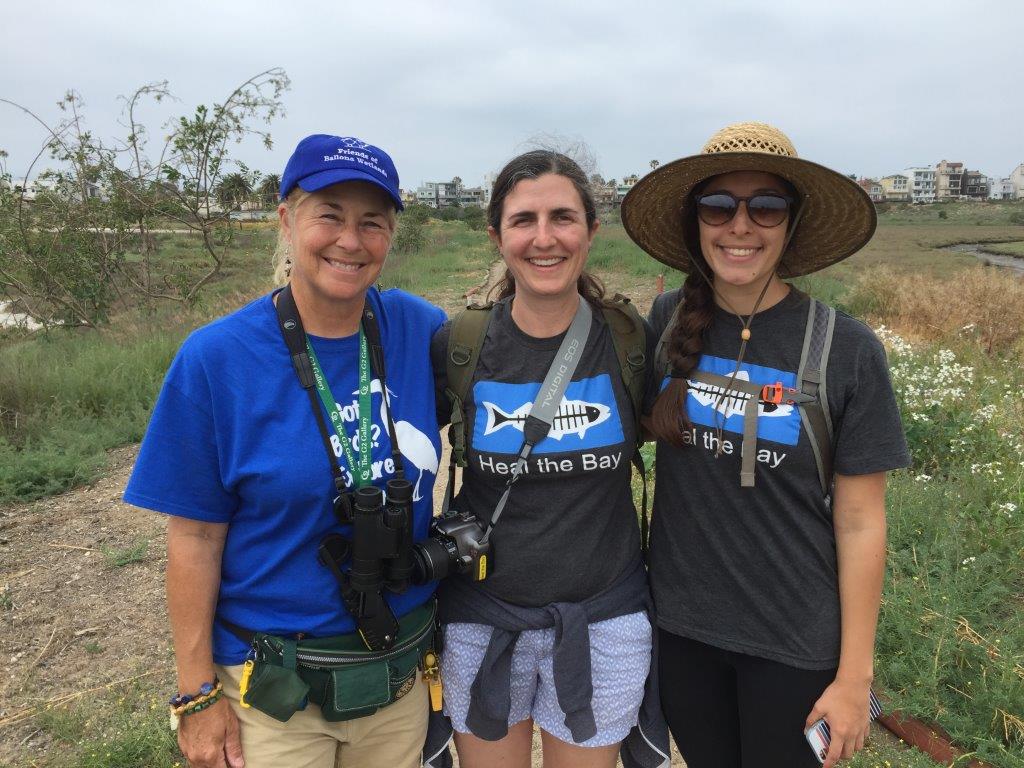
 King Harbor
King Harbor  Ballona Wetlands
Ballona Wetlands Abalone Cove Beach
Abalone Cove Beach  Phanny’s
Phanny’s  King Harbor
King Harbor Ocean Park Beach
Ocean Park Beach